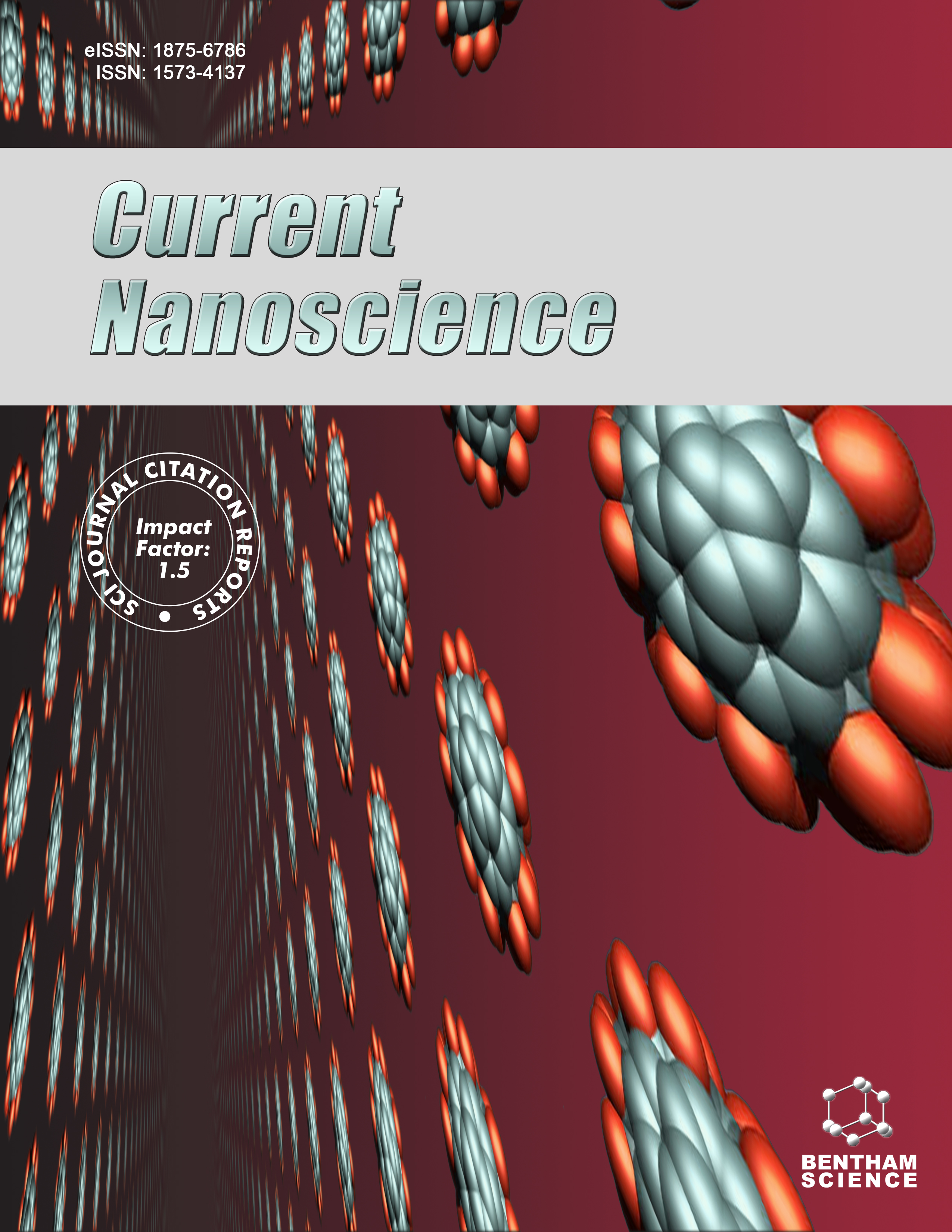
Full text loading...
We use cookies to track usage and preferences.I Understand
Carbon nanotube films are utilized in various fields, particularly electric heating, owing to their exceptional thermal and electrical properties. However, quantitative research on the electrothermal characteristics of carbon nanotube film is insufficient, and glass fiber-reinforced epoxy-resin composites prepared through the electrothermal method of carbon nanotube films (i.e., the out-of-autoclave technique) have not yet been reported.
Herein, according to a mathematical model and experimental demonstration, a quantitative relationship, T = T0 + (t/L2)·(V2σ)·(1/αw), was proposed to explain the electrothermal properties of carbon nanotube films. Glass fiber-reinforced composites with an outstanding tensile strength of 535.6 MPa and an elongation-at-break of 1.6% were prepared through the out-of-autoclave technique using the designed carbon nanotube film.
The composites outperformed previous mechanical composites in terms of energy consumption. Experimental investigations and molecular simulations revealed the mechanical mechanisms of the composites.
These findings quantitatively revealed the electrothermal properties of carbon nanotube films, advancing their application in the out-of-autoclave manufacturing of high-performance resin-matrix composites.

Article metrics loading...

Full text loading...
References


Data & Media loading...
Supplements

